What is a cotter pin DIN 11024? What is it used for and what benefits does it have?
DIN 11024 cotter pin is an integral part of many mechanical systems and mechanisms. This device provides a reliable connection of two or more elements, which allows to ensure their stability and safety in operation. In this article, we will consider the features and applications of the DIN 11024 spring needle cotter pin.
Content
1. Definition of DIN 11024 spring needle cotter pin
1.1 Description of the design and principle of operation.
2. Technical characteristics
2.1 Dimensions and materials.
2.2 Enduring load.
3. Application
3.1 Production of mechanisms.
3.2 Automobile industry.
3.3 Electrical systems.
4. Benefits of use
4.1 Reliability.
4.2 Ease of assembly and disassembly.
4.3 Effective connection of parts.
5. Installation and removal instructions
5.1 Sequence of operations.
5.2 Features of service.
6. General recommendations for use
6.1 Compliance with standards.
6.2 Safety precautions.
7. Conclusion
7.1 Summary of the advantages and applications of the DIN 11024 spring pin
1. Definition of DIN 11024 spring needle cotter pin
1.1 Description of the design and principle of operation
The DIN 11024 cotter pin is a special mechanical connecting element used to securely fasten two or more parts in mechanical systems. The design of the cotter pin consists of a metal wire blank with two bent protrusions at the ends. These protrusions resemble hooks and allow you to easily insert the cotter pin into the hole, and then ensure its secure fixation.
The principle of operation of the spring needle cotter pin is that it bends when inserted and then returns to its original state according to its elastic nature. This creates tension that holds the cotter pin in place and prevents it from falling out. When the cotter pin is installed, its hooks or protrusions fit into special holes or grooves on the connecting parts, blocking their movement.
The key feature of the spring needle cotter pin is its ability to withstand significant loads and provide a stable connection between the mechanism elements. It also perfectly adapts to various operating conditions where large mechanical loads or vibrations may occur.
2. Technical characteristics
2.1 Dimensions and materials
The dimensions of DIN 11024 spring pin cotter pin may vary depending on the manufacturer and specific application requirements. However, it is usually made of metal wire made of steel or other strong materials. Standard cotter pin dimensions can be set according to DIN11024 and include length, wire diameter and dimensions of hooks or lugs at the ends.
In terms of materials, the cotter pin is often made of high-quality carbon steel or stainless steel, which provides high strength and corrosion resistance. Some models can be covered with special coatings that increase their wear resistance or provide additional protection against aggressive environments.
2.2 Enduring load
Spring needle pins DIN 11024 are designed to withstand significant mechanical loads. The maximum load that they can provide depends on their design, dimensions and material of manufacture. Usually, manufacturers indicate the maximum load values in the technical documentation or on the product labeling.
In general, spring needle cotter pins can withstand significant mechanical forces that occur during the operation of mechanisms or systems. They are often used in conditions of heavy loads and high requirements for the reliability of the connection of parts. When correctly selected and installed, spring needle cotter pins ensure stable and safe operation of mechanisms during a long period of operation.
3. Application
3.1 Production of mechanisms
In the production of mechanisms, spring needle pins DIN 11024 are used to connect various parts and components of mechanical systems. They allow you to stabilize the position of the parts and keep them in the required position, which is critical for the efficient operation of the mechanisms. Cotter pins are used to fasten shafts, gears, handles, pedals and other moving parts of machines and equipment.
3.2 Automobile industry
In the automotive industry, DIN 11024 spring pin cotter pins are used to connect various parts and mechanisms in important automotive systems. They are used for fastening brake discs, suspension levers, rods, steering mechanisms and other components where a reliable and heavy-duty connection is required.
3.3 Electrical systems
In the field of electrotechnical systems, spring needle pins DIN 11024 are also used. They are used to connect various electrical components, such as cable connections, electromechanical levers, control mechanisms and other elements of electrical systems. This allows for stable operation of electronic devices and devices during their operation.
All of these applications reflect the versatility and importance of DIN 11024 Spring Needle Cotter Pins in a variety of industrial and manufacturing areas where they provide reliable and efficient connection of parts and components.
4. Benefits of use
4.1 Reliability
Spring needle pins DIN 11024 are characterized by high reliability in providing a stable connection between parts and components of mechanical systems. Their design ensures effective retention of parts in the required position even under heavy mechanical loads or in explosive conditions. This makes the cotter pins ideal for applications where maximum connection reliability is required.
4.2 Ease of assembly and disassembly
Another important advantage of spring needle cotter pins is their ease of assembly and disassembly. To install, the cotter pin is simply inserted into the corresponding hole, and its hooks are automatically clamped under the action of a spring, which allows you to quickly and easily ensure a strong connection. At the same time, minimal time and effort is spent on installation. To dismantle the cotter pin, it is enough to unbend the hooks accordingly, which is also a quick and simple process.
4.3 Effective connection of parts
Spring needle cotter pins are also characterized by an effective connection of parts, which makes it possible to ensure high stability and accuracy in the operation of mechanical systems. Their design allows for close contact between the connecting elements, which is important for the transmission of movement and energy. In addition, cotter pins can easily adapt to different shapes and sizes of parts, which makes them a universal means of connection in various production conditions.
Therefore, spring needle pins DIN 11024 are important components of mechanical systems, which are characterized by reliability, ease of assembly and disassembly, as well as effective connection of parts. They are widely used in various industries and production due to their universal properties and high productivity.
5. Installation and removal instructions
5.1 Sequence of operations
Installation of the DIN 11024 spring needle cotter pin takes place according to the following sequence of operations:
- Preparation of parts: Make sure that the parts to be joined are free of dirt and other contaminants. If necessary, remove the remains of the previous splint.
- Inserting the cotter pin: Place the cotter pin into the corresponding hole on one of the parts. Make sure that the hooks or tabs of the cotter pin point in the direction they are to engage the next piece.
- Engage the second part: Place the second part so that the hole or groove on it lines up with the hooks or projections of the cotter pin.
- Fixation of the cotter pin: Thanks to the spring, the cotter pin will automatically catch on the second part. Make sure it is properly locked and cannot fall out.
- Check the connection: Make sure the connection is stable, strong and free of gaps that could cause instability.
5.2 Features of service
- Check the condition of the cotter pin: Check the condition of the cotter pin regularly, especially after heavy loads or a large number of cycles. Worn or damaged cotter pins must be replaced immediately.
- Lubrication: Lubricate the cotter pin as needed to prevent corrosion and ensure smooth movement.
- Maintenance of parts: When servicing the mechanism, pay attention to the condition of the connected parts and cotter pins. If necessary, replace the cotter pins and repair any joint problems.
- Safety during removal: Before removing the cotter pin, ensure that all loads are removed and the mechanism is stopped. Perform the removal procedure carefully to avoid injury.
Following these instructions will ensure the efficient and safe use of DIN 11024 Spring Pins in various mechanical systems.
6. General recommendations for use
6.1 Compliance with standards
- Choosing the right standards: When choosing DIN 11024 spring pin cotter pins, make sure they meet established quality and safety standards.
- Use of official documentation: For correct installation and maintenance of cotter pins, use the official technical documentation and recommendations of the manufacturer.
- Compliance Check: Ensure that the cotter pins selected meet the requirements of your mechanism and established safety standards.
6.2 Safety precautions
- Personal Protection: When installing and removing cotter pins, use appropriate personal protection, such as gloves and goggles, to prevent injury and damage.
- Use of tools: Use appropriate tools to install and remove cotter pins. Do not use force that could damage the parts or the cotter pin.
- Hazard Warnings: Ensure that all users working with cotter pin machinery are informed of potential hazards and safety procedures.
- Regular Inspection: Regularly inspect the condition of the cotter pins and their connections for any signs of wear, corrosion or damage.
- Personnel Training: Provide appropriate training for personnel involved in the installation and maintenance of cotter pins so that they have the necessary skills and knowledge for safe use.
Following these general guidelines will ensure the safe and efficient use of DIN 11024 Spring Pins in your mechanical system.
7. Conclusion
7.1 Summary of the advantages and applications of the DIN 11024 spring pin
Spring pin DIN 11024 is an important element in many mechanical systems and has a number of advantages that make it popular in various industries.
One of the main advantages is its reliability. Pins provide a stable connection between parts, which allows mechanisms to work without interruptions even under significant loads.
In addition, spring needle cotter pins are easy to assemble and disassemble, which reduces the time required to maintain the mechanisms and facilitates quick repair work.
Another advantage is the effective connection of parts. Cotter pins allow you to stably and precisely connect moving elements of mechanisms, which makes them an important element for ensuring optimal operation of systems.
In conclusion, we can say that DIN 11024 spring needle cotter pins are a reliable, easy-to-use and effective means of connecting parts in various mechanical systems. Their use helps ensure stable and safe operation of industrial mechanisms in various industries.


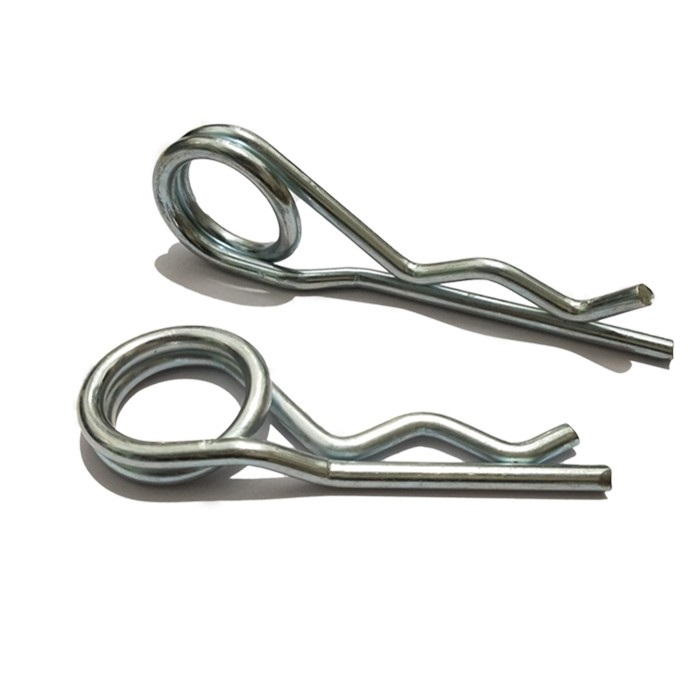
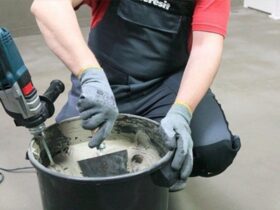
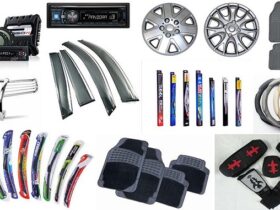

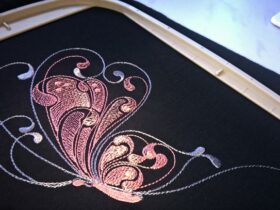


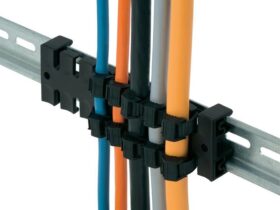
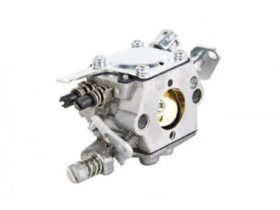

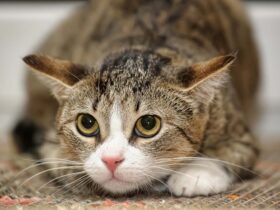

 Bitcoin
Bitcoin  Ethereum
Ethereum  Tether
Tether  Solana
Solana  USDC
USDC  XRP
XRP  Lido Staked Ether
Lido Staked Ether  Dogecoin
Dogecoin  Toncoin
Toncoin
Leave a Reply